
Source Survey: The results
By REBEKAH DEVLIN
When the NDIS was introduced in 2016, it was life-changing for people living with disability – providing dignity, security, assistance and independence.
But in its most recent iteration, the NDIS has become onerous, daunting, unpredictable and seemingly mean-spirited.
In the past 12-18 months, there have been substantial and wide-spread cuts to plans, with no reason given. People are being refused basic and necessary equipment such as wheelchairs, care and supported accommodation options have been denied as no longer being value for money, and the wild variance in plans between children with relatively similar needs is devastating, and infuriating.
It seems to be pot-luck as to what plan you get.
According to its own figures, the NDIS cut plans by thousands in 2021 – reducing by an average of four per cent. Prior to that, plans had increased every year.
In 2021, the average plan was $68,000.
But many get nowhere near this amount.
These cuts are leaving people with no choice but to go through the lengthy Administrative Appeals Tribunal process. There were 4,656 applications for AAT reviews of NDIS decisions filed between July 1, 2021, and March 31, 2022, compared to 1,259 during the same period in 2020-21 – a 270 per cent increase.
But as we all know, our children are not numbers.
These figures represent people. Our people. And their funding impacts us all.
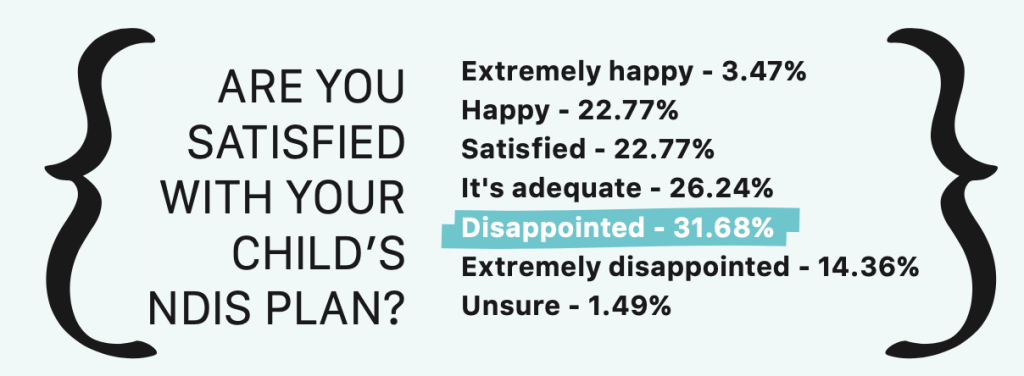
With this in mind, we commissioned the first ever Source Survey, to magnify your voices and advocate for change.
Hundreds of people took part, and the results were stark.
- 61% said they were forced to choose between which services they used because of inadequate funding.
- 94% said that their health suffered in their caring role.
- 74% worried that their child’s lack of funding would have long term effects on their future.
This is not easy reading, but this is your reality. We thank you all for bravely sharing your stories.
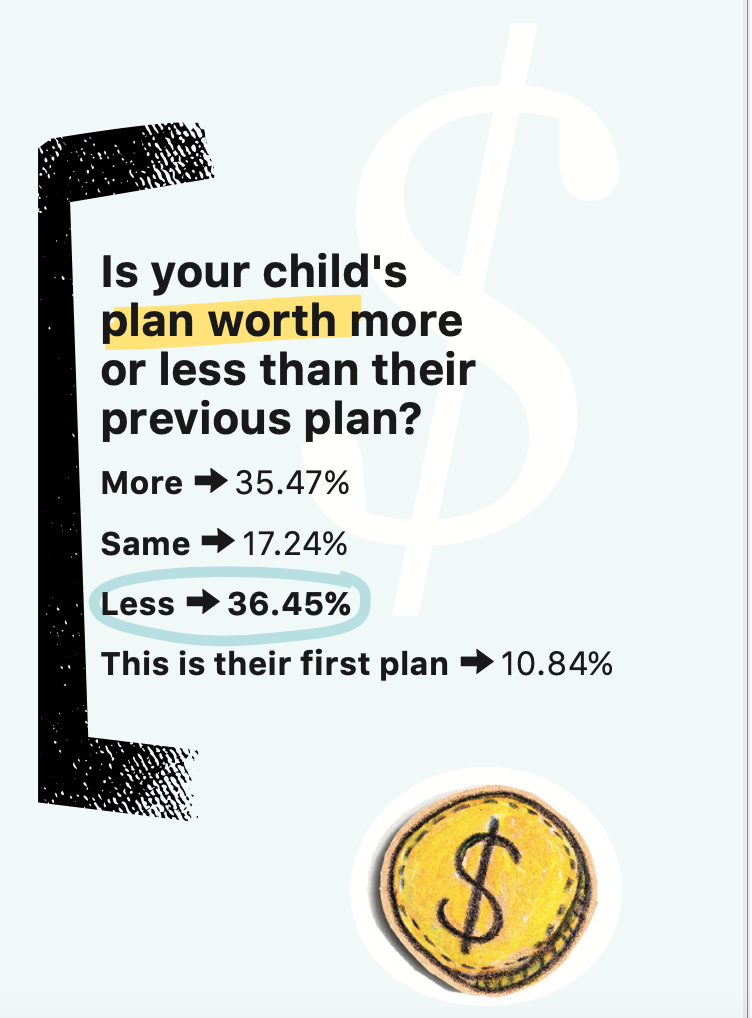
YOUR SAY ON FUNDING
“There doesn’t appear to be a fair level playing field. Cuts have been made without any real explanation.”
“Everything has been halved – total stuff up.”
“Increased as last plan was inadequate and a secondary disability was diagnosed.”
“Capacity building supports reduced, 1:1 swimming lesson gap cut completely.”
“An 8-month battle and appeal to tribunal, only then was funding increased but with plan expiring end of year, I’m terrified what that will mean. I’m not sure I have the mental capacity to fight.”
Do you worry that your lack of funding will have a long-term impact on your child’s future?
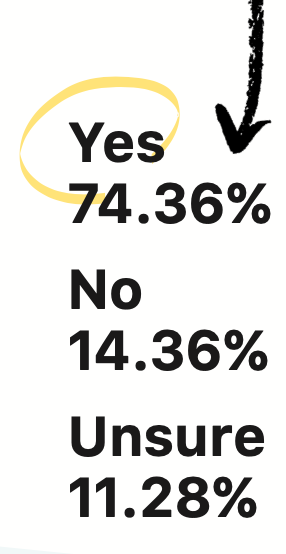

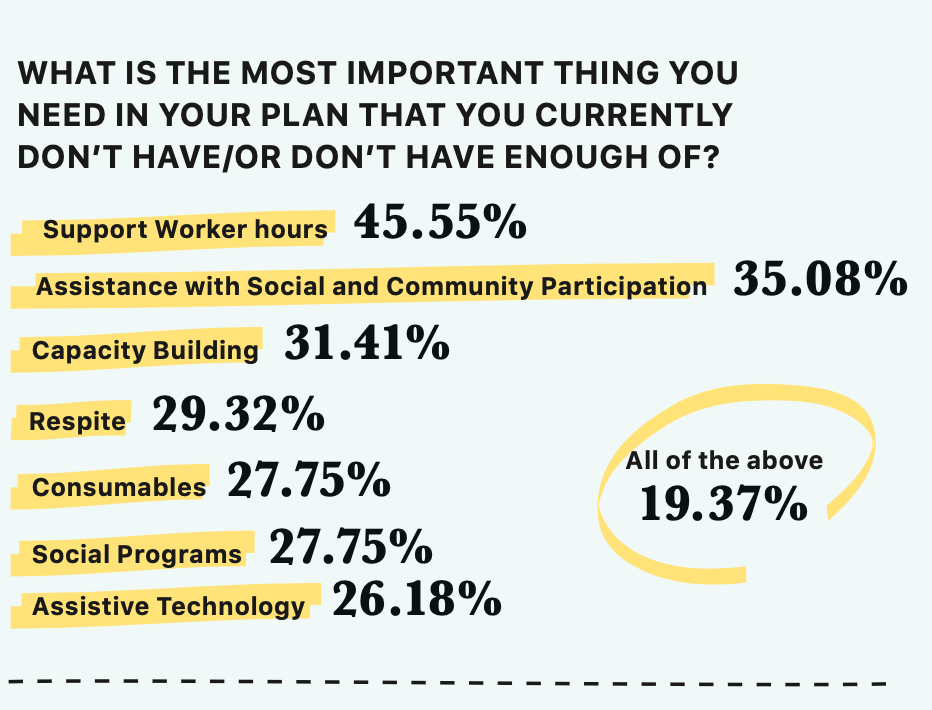



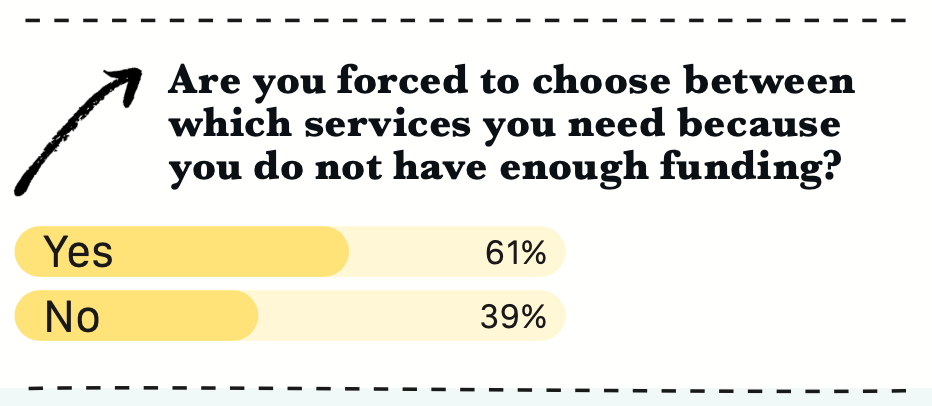

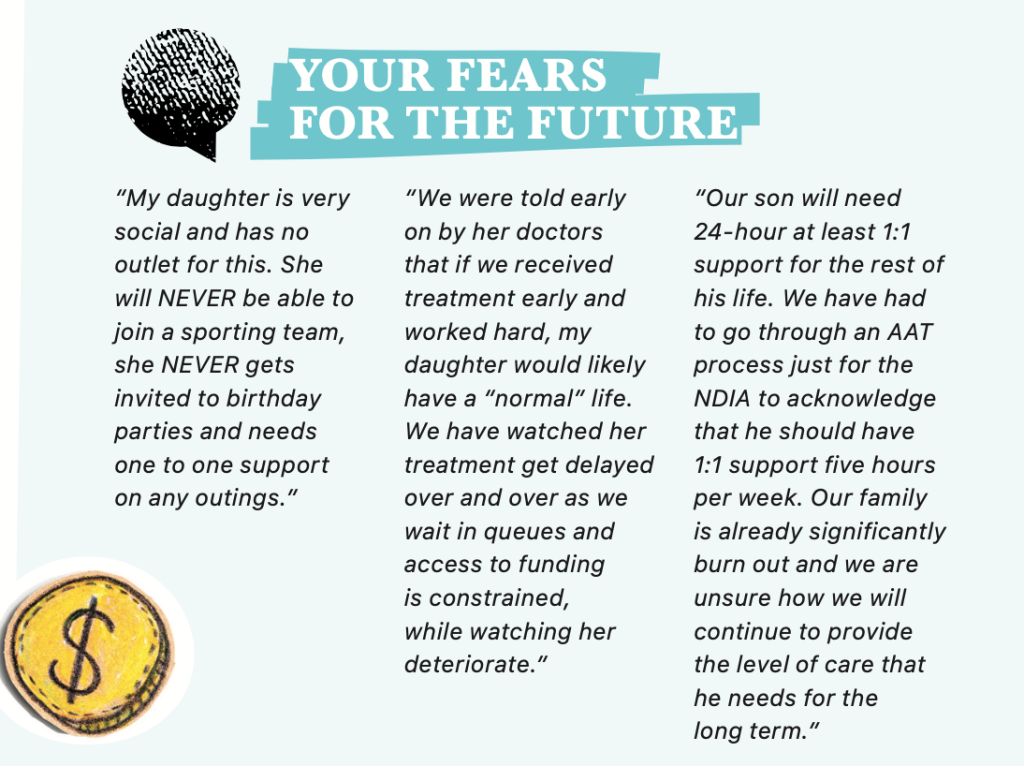

How stressful are your interactions with the NDIS?
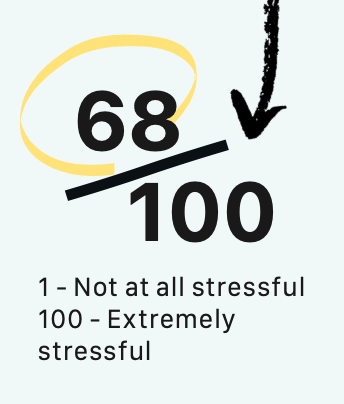

THE FINANCIAL IMPACT
HOW WOULD YOU DESCRIBE YOUR FINANCIAL POSITION AS A RESULT OF YOUR CARING ROLE
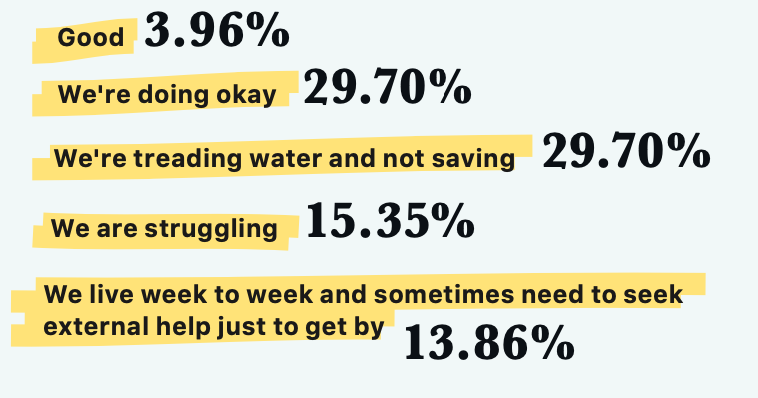

Do you feel like your LAC has a realistic understanding of your child’s needs?
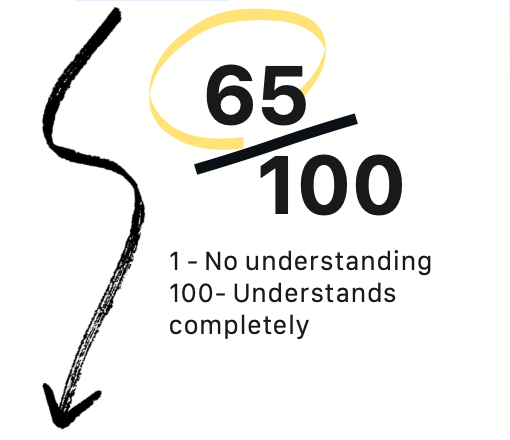

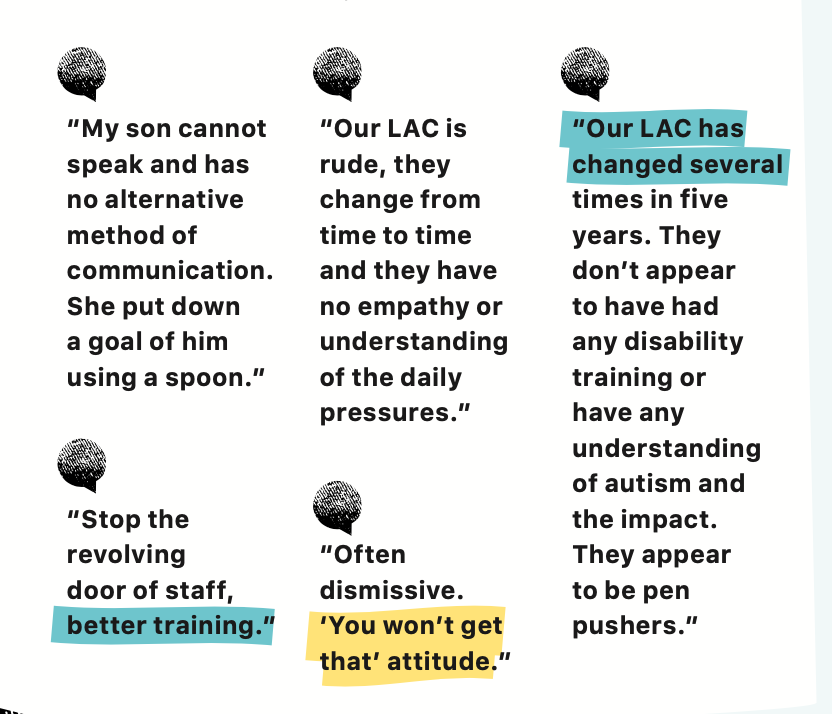

WHAT IMPACT DOES DEALING WITH THE NDIS HAVE ON YOUR LIVES?
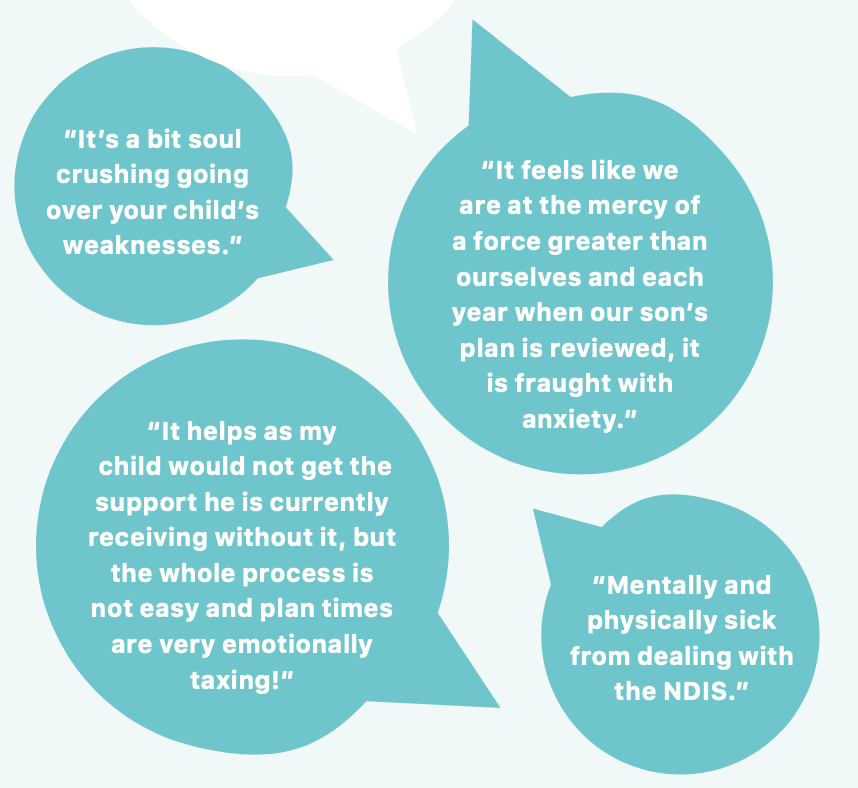

“It really helps take the financial strain off us.”
“Everything impacts our family. Inability to work full-time, inability to go out without comment or stares, inability to sleep.”
“We will probably run out of funding early this year, as we did last year, which means paying about $600 a week out of pocket to access therapy.”
“It puts huge pressure financially. And I have had to quit my job and move to contract work to help care for our son.”
“This impacts our family greatly as my son is not receiving essential services, so we need to fund them.”







